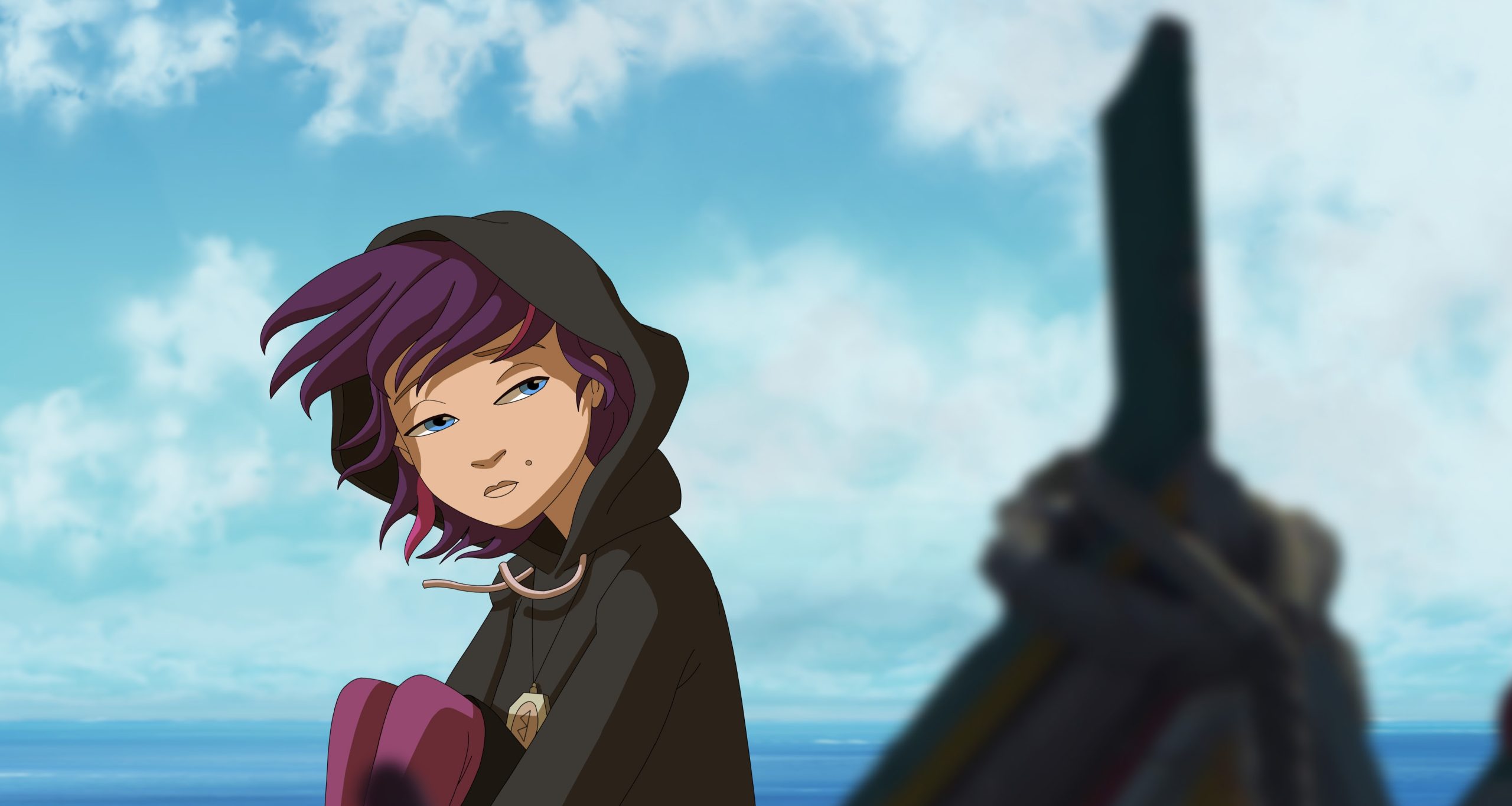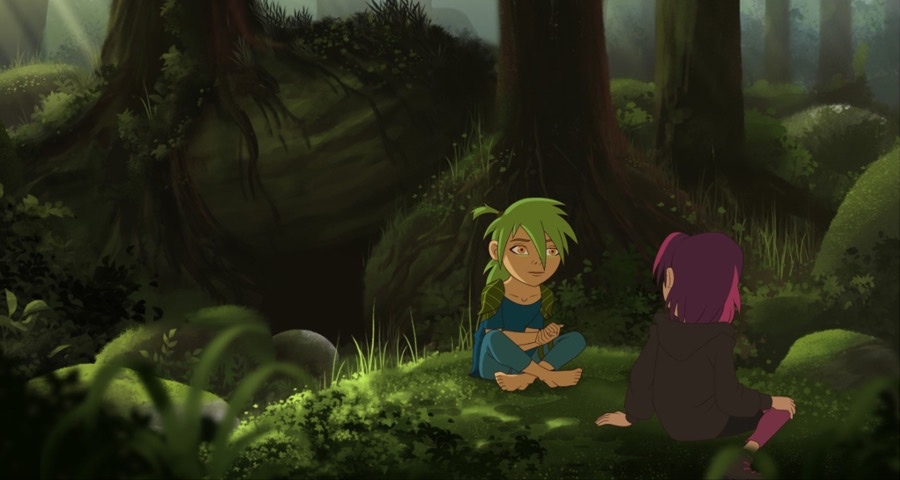

Fairyheart: A magical reimagining of a Hungarian classic at Annecy
A mischievous and curious young fairy boy, Lala, the son of the Fairy Queen, embarks on an incredibly risky journey: he crosses the border and steps into the world of humans. Thus begins the story of Fairyheart, or, in its Hungarian original, Tündér Lala (‘Lala, the Fairy’), one of Hungary’s most beloved fairy tale novels, written by Magda Szabó.
Szabó’s novel is now being adapted into an animated feature through a Hungarian/Canadian/German co-production, directed by Anita Doron, a Hungarian/Canadian filmmaker. Doron’s first foray into animation, The Breadwinner (2018), earned her an Academy Award nomination for screenwriting, along with numerous awards at Annecy that same year.
When asked what drew her to the Hungarian story, Magda Szabó’s original from the 1960s, Doron replied, “I first encountered Tündér Lala as a Hungarian Jewish kid growing up in Ukraine, then part of the Soviet Union, where censorship and disinformation shaped every aspect of our cultural experience. Magda Szabó wrote Tündér Lala during a time of political repression in Hungary, after she had been banned from publishing in 1949 for her nonconformist views. Under the Stalinist regime, art was tightly controlled, but children’s literature offered a rare and delicate space for subtle resistance. Writers like Szabó used fantasy and allegory to explore themes that could not be addressed openly – the suppression of individuality, the yearning for freedom, the cost of obedience. When I first read Tündér Lala, it was a consciousness-expanding experience. The story opened a door into another way of seeing the world – one where individuality was not a threat but a vital force.”
“So, when producers József Berger and Krisztina Endrényi first approached me to adapt the story, I felt deeply honored. Sadly, the themes Szabó wove into her book are just as relevant today – perhaps even more so. Humanity seems to have taken a darker, more self-destructive turn. Yet within all our flaws, we still carry a fierce beauty at our core. This is what I hope to capture in Fairyheart.”
And why did she choose to adapt this story through animation? “For me,” explained Doron, “as for many other filmmakers, animation is not a genre — it’s a storytelling method, a way of seeing. Animation can be horror, documentary, magical realism, or myth. Its possibilities are endless. In Fairyheart, animation allows us to build complex worlds and externalize inner states in ways that are visually and symbolically powerful. Our story lives at the crossroads of imagination and reality — it’s about beings who are both human and otherworldly, moving through spaces that exist just beyond the visible world. Animation can fully open the door into that kind of space, allowing the emotions to live not just in the characters but in the world around them.”
As for the animation style and atmosphere she envisions for Fairyheart, Doron explained: “Visually, I want to create a rich, hand-drawn 2D world rooted in the vintage Eastern European fairy tales of my childhood – inspired by the golden age of animation but reinterpreted through a bolder, more dynamic, anime-influenced style: a little jittery, a little wild, and somewhat punk. By presenting the fairy world in a slightly edgier, unexpected way, I hope to awaken audiences from their built-in assumptions and invite them into a new experience of wonder – a jolt of fresh air.”
Attila Gigor, co-screenwriter of Fairyheart, added: “I’ve wanted to work with a fairy tale for a long time. It’s very important to me, especially today, to bring stories to audiences that can speak to both children and adults at the same time – and Magda Szabó’s Tündér Lala is exactly that kind of story.”
When talking about the essence of the project, Fairyheart director Anita Doron summed it up by quoting a memorable line from Magda Szabó’s original:
“Fairyheart is, at its core, a fearless meditation on grief and human nature. The film asks: what place do humans have in a world they seem intent on destroying? And it offers an answer, through the innocent eyes of a fairy boy with a human heart: ‘Maybe humans are just young fairies. They need time to grow.’”
Fairyheart is expected to be released in 2027.
The project has received the maximum financial support from Eurimages and is backed by the National Film Institute of Hungary. Producing partners include Mythberg Films (Hungary), Cinemon Entertainment (Hungary), Storyteller Pictures (Canada), Lakeside Animation (Canada), and Traumhaus Studios (Germany). The film is also part of the Annecy Festival’s Work in Progress program, which provides a unique opportunity for festival audiences and industry professionals to discover its creative stages while connecting with the film’s team.
Lili Mesterházy

